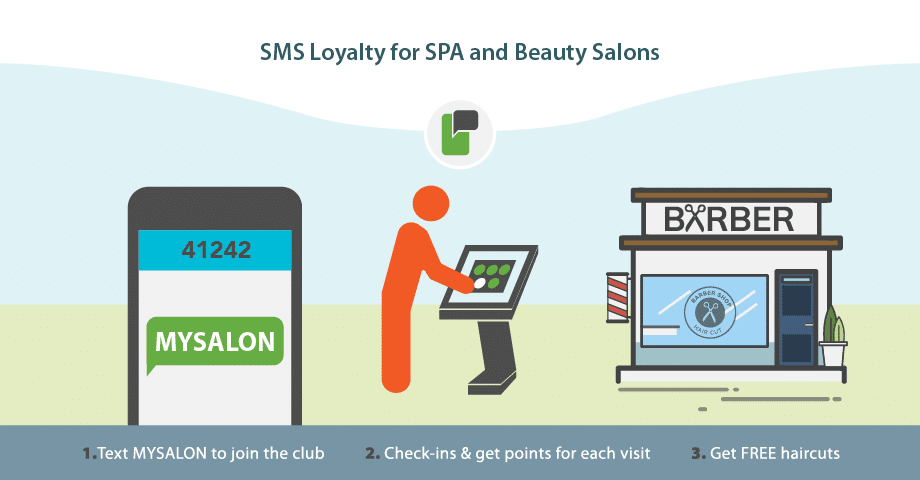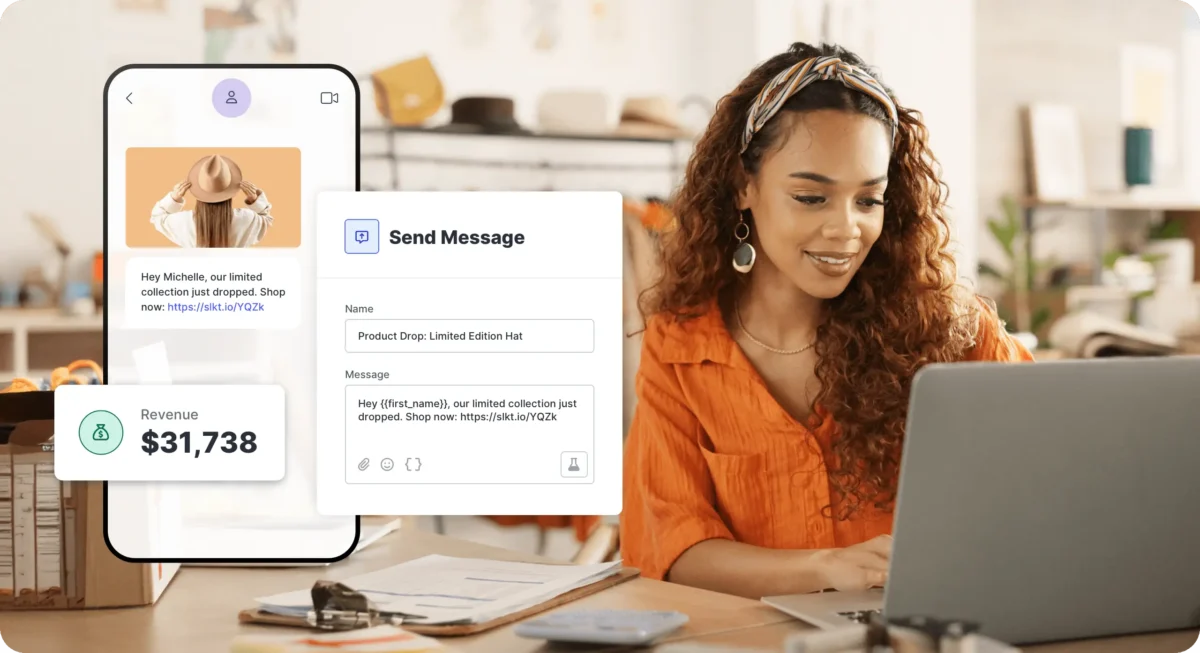Table of Contents
Running a small business is no small task. Every day brings a dozen to-do lists, countless emails, and customer demands that never stop. That’s where SMS automation comes in. It helps small business owners save time, boost engagement, and stay competitive, without overspending.
In 2025, SMS automation tools will have become smarter and more powerful. They don’t just send messages. They engage your audience at the right time, with the right message, automatically.
In this post, we’ll explore the top five SMS automation platforms perfect for small businesses—and show you how they can transform your marketing.
Why SMS Automation Matters for Small Businesses
Let’s be honest. Small business owners wear many hats. From marketing and sales to customer service, time is always in short supply. That’s exactly why SMS automation matters.
Unlike emails, which often go unread, SMS messages get opened fast. In fact, 98% of texts are read within three minutes. But it’s not just about open rates. With automation, you don’t have to manually follow up, remind, or confirm. The tool does it for you.
Plus, customers prefer it. A short, helpful text beats a phone call or a buried email any day. So, SMS automation doesn’t just save time—it improves the customer experience too.
What to Look For in an SMS Automation Tool
Before we dive into the list, here’s what small businesses should consider:
- Ease of use: Can you set it up quickly without tech skills?
- Affordability: Does it fit a tight budget?
- Features: Does it support scheduling, templates, and two-way messaging?
- Integrations: Can it work with your CRM or ecommerce platform?
- Support: Is help available when you need it?
Now that we’ve covered the basics, let’s jump into the top five platforms.
1. ProTexting
ProTexting is a favorite among small businesses for a reason. It offers powerful automation features without complexity. With ProTexting, you can send welcome texts, reminders, and drip campaigns based on customer actions.
Key Features:
- Text scheduling and autoresponders
- Campaign triggers based on keywords
- Integration with Shopify, Mailchimp, and more
- Text-2-Join and contest tools like Text-to-Win
Why Small Businesses Love It: It’s intuitive, affordable, and supports growth with features that scale. Plus, thousands of brands trust it already.

2. SimpleTexting
True to its name, SimpleTexting makes SMS marketing, well, simple. It’s perfect for business owners who want automation without the headache.
Key Features:
- Scheduled texts and recurring campaigns
- Customizable templates
- Real-time reporting and analytics
- Two-way messaging
Why Small Businesses Love It: It’s easy to use and offers excellent support. Even better, you can manage everything from one clean dashboard.
3. Podium
While Podium focuses on customer messaging, it offers powerful automation tools for lead generation and follow-ups.
Key Features:
- Web-to-text widgets
- Review and feedback collection
- Automated responses
- CRM integration
Why Small Businesses Love It: It helps local businesses connect with customers faster. Podium is especially strong in service-based industries.
4. EZ Texting
EZ Texting is designed with growing businesses in mind. It blends automation with advanced features without being overwhelming.
- Contact segmentation
- Text scheduling
- Keyword-triggered messages
- MMS support for images and files
Why Small Businesses Love It: You get robust features without needing a tech team. Their templates and onboarding tools make it quick to launch campaigns.
5. SlickText
SlickText offers advanced tools, yet remains user-friendly for small teams. It combines automation, personalization, and analytics into a single, intelligent package.
Key Features:
- Workflow automation
- Personalized messaging
- Drip campaigns
- Loyalty and referral programs
Why Small Businesses Love It: It provides powerful automation but keeps things clear and manageable. Businesses love the insights it provides through reports and analytics.

Tips for Getting the Most Out of SMS Automation
To maximize your return on investment, it’s important to approach SMS automation strategically. Below are actionable tips to help you get the most from your efforts.
- Start with Clear Goals: Don’t just send texts. Define what you want—more sales, fewer no-shows, or better feedback.
- Segment Your Contacts: Group customers by behavior, location, or past purchases. Then send messages that match their interests.
- Keep It Short: Nobody wants a novel. Stick to one idea per text and include a clear call-to-action.
- Stay Consistent: Build a schedule that works, like weekly promos or monthly updates. Customers appreciate regular, relevant messages.
- Always Test and Improve: Look at open rates, clicks, and replies. Tweak your strategy to get better with each campaign.
Real-Life Examples or Use Cases
1. Local Bakery – Boosting Daily Sales with Scheduled SMS Blasts
A neighborhood bakery uses SMS automation to send out daily morning messages with fresh deals—like “Buy 1, Get 1 Free on Croissants Today!” Using automation, these texts go out at 7 a.m. to customers who’ve opted in, just before their morning commute. The result? Increased foot traffic during breakfast hours and a 30% boost in weekday sales.
2. Personal Fitness Coach – Retaining Clients with Timely Reminders
An independent fitness coach schedules SMS reminders for personal training sessions and follow-ups. Clients get automated messages like “Reminder: Your session is today at 6 PM” or “You crushed it this week! Ready to set new goals?” This simple use of automation has helped reduce no-shows and increased client retention by 40% over six months.
Common Mistakes to Avoid with SMS Automation
- Spamming Customers
Sending too many messages can annoy your audience and lead to opt-outs. Stick to 2–4 relevant texts per month unless your business truly requires more. - Not Segmenting the Audience
Sending the same message to everyone overlooks customer preferences. Use segmentation to target based on location, purchase history, or behavior. - Sending Messages at the Wrong Time
Timing matters. Avoid late-night or early-morning messages. Instead, send during business hours or times your audience is most active. - Ignoring Compliance Requirements
Always get explicit opt-in consent before texting customers, and include opt-out options in your messages to stay compliant with laws like TCPA or GDPR. - Lack of Personalization
Generic texts feel robotic. Use the customer’s name and reference their interests or history when possible.

Final Thoughts
SMS automation is no longer optional—it’s essential. For small businesses, it’s a way to stay competitive, save time, and engage customers without breaking the bank.
Each tool we listed offers something unique. But they all help you communicate smarter. Start with one. Test it. And scale from there.
Because in 2025, the businesses that win are the ones that text—with purpose, automation, and heart.






